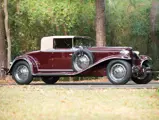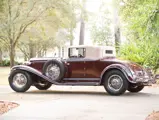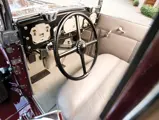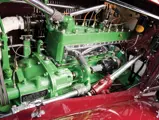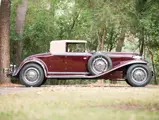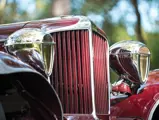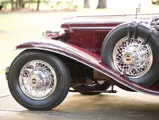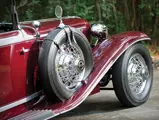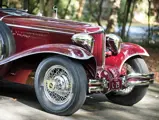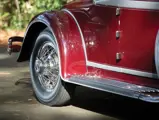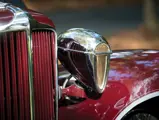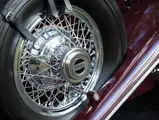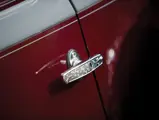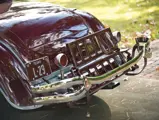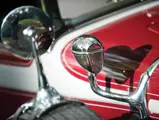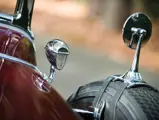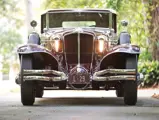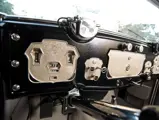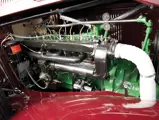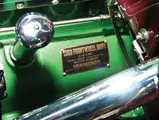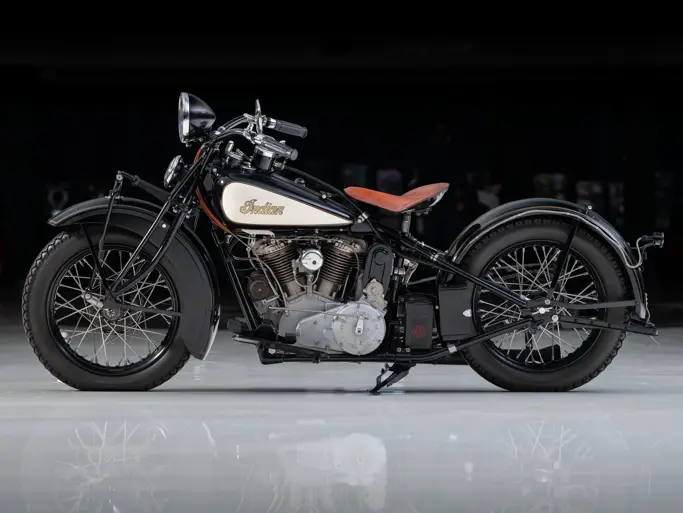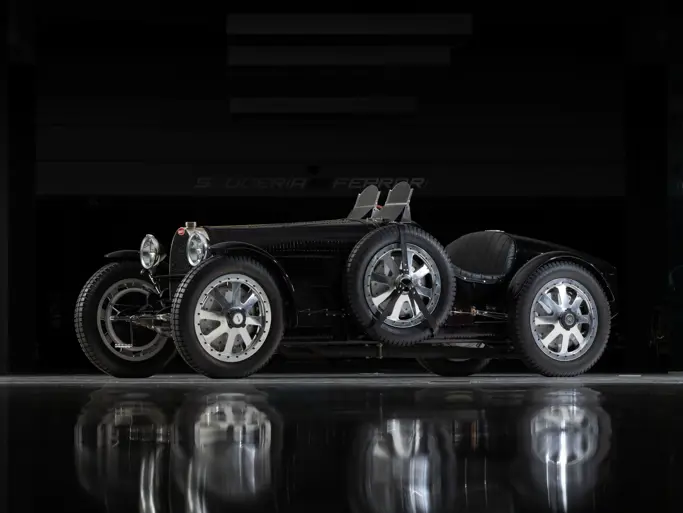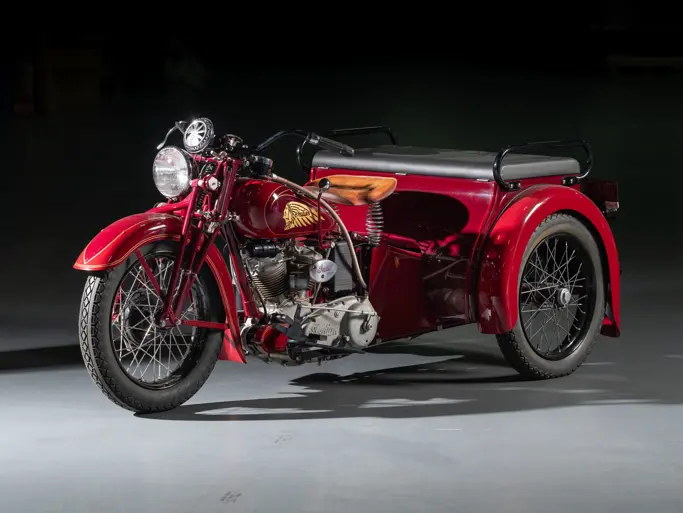Amelia Island 2013
1931 Cord L-29 Cabriolet
{{lr.item.text}}
$407,000 USD | Sold
 | Amelia Island, Florida
| Amelia Island, Florida
{{internetCurrentBid}}
{{internetTimeLeft}}

- Offered from the collection of Jim Fasnacht
- Best L-29 at the 2006 Auburn Cord Duesenberg Club National Reunion
- Restored with exhaustive attention to authenticity and detail
- ACD Club Certified Category One car with long-term California history
- Arguably the finest L-29 Cabriolet in the world
125 bhp, 298 cu. in. side-valve inline eight-cylinder engine, front-wheel drive, three-speed transmission, quarter-elliptic front leaf springs at the front with rear semi-elliptic leaf springs, and four-wheel hydraulic drum brakes. Wheelbase: 137.5 in.
Great automobiles are like great people. Some become great loudly, with a great deal of self-congratulation. Others make change happen quietly and gradually, leading the way and patiently waiting for the rest to follow.
The Cord L-29 was one of those gentle leaders. The first major American car to offer front-wheel drive to the public, it came at a time of conservatism in automotive engineering, further deadened by the crushing weight of the Great Depression. Nonetheless, its engineering proved a starting point for those who followed, and who, inspired by it, worked until front-wheel drive was the mass success that it is today. If success is measured not in years of production or volume produced, but, like leadership, in the amount of influence it had on those who followed, the L-29 was the first successful American front-drive production car.
The Cord Front Drive (as the factory always called it) was the namesake of E.L. Cord, who was scarcely 35 when the first examples began rolling out of his Auburn Automobile Company in Auburn, Indiana. Its development was credited to the talented engineer Cornelius Van Ranst, working using some of Indianapolis legend Harry Miller’s front-drive patents, and Auburn Chief Engineer Herbert Snow.
Essentially and simplistically, the idea was to take a rear-wheel drive car and turn everything around. It began with the chassis, which featured an innovative central X-brace to provide extra rigidity and rode on newly designed suspension, designed by Van Ranst and based on de Dion ideas. Brakes were moved inboard, as on the Miller Indy cars. On this rather sophisticated chassis rode a Lycoming straight eight, another fine Cord Corporation product, and it displaced 298 cubic inches and produced 125 horsepower. The engine was reversed so that the crankshaft exited the block at the front of the car and met a three-speed transmission that sat between the front wheels. The relocation of the transmission to the front of the car required an ingeniously long shift lever that extended from the L-29’s dashboard down the length of the engine compartment and ended at the gearbox.
All this was wrapped in Alan Leamy’s beautiful coachwork, which was outstanding for its refreshingly simple beauty. The Cord’s innovative chassis engineering allowed it to stand only five feet tall. Leamy emphasized the lowness with clean, classic lines; long, flowing fenders; a simple radiator shell, painted to blend into the body; and wide beltline moldings that encouraged the use of factory-suggested two-tone color schemes. The interior boasted wide, comfortable seats, facing a fully instrumented dashboard with the distinctive dogleg shifter handle.
The Cord was mechanically genius and stylistically gorgeous. In the Great Depression, genius and beauty oft went unnoticed in favor of more practical matters. Production of the L-29 began in Auburn in late-1929 and wound up in late-1931 with a token run of 1932 models. Only about 5,000 had been made.
This cabriolet is one of the survivors. Certified and authenticated by the Auburn Cord Duesenberg Club as being an original L-29 Cabriolet, its history includes long-term California ownership by enthusiasts Ernie Mendicki, Bob Morehouse, and William “Chip” Connor. Connor, a noted collector whose cars have won Best of Show at the Pebble Beach Concours d’Elegance, acquired this car in 1983, and following its restoration, it was an award-winner in the special L-29 class at Pebble Beach in 1987.
The car was still beautiful when Jim Fasnacht acquired it in 2002, but, in his words, “age had started to take the bloom off the rose.” As a result, L-29 expert Ken Clark performed chassis, engine, and preliminary bodywork, with paint, top, interior, and finishes performed by LaVine Restorations, of Nappanee, Indiana. The work done was painstaking and exhaustive, with absolutely no detail unresearched, as is proven by the thick stack of documentation, invoices, orders, and e-mails that accompanies the car today.
The car was finished in rich Limousine Maroon with accents of stunning Dark Grey. Against the outstanding mile-deep paint, the L-29’s many chrome accessories, including Woodlite headlamps, chrome wire wheels, and dual side mirrors, present as jewelry. The interior’s light grey upholstery and tan canvas top present as well as when they were installed, and in addition, the entire car is thoroughly detailed to show standards.
Attesting to that excellence, the Cord was returned to Pebble Beach for the second time in 2006, and once again, it was a class award winner. Weeks later, it journeyed to the prairie of Indiana for the Auburn Cord Duesenberg Club National Reunion. There, a cadre of the most knowledgeable and finicky L-29 experts examined its every nut and bolt thoroughly, from top to bottom, inside and out. At the end of the weekend, the car was bestowed the E.L. Cord Award for Best L-29, firmly marking it as among the finest of its model in existence.
Jim Fasnacht’s Cabriolet is an example of the most desired factory body style, treasured for decades by enthusiasts and restored by some of the most knowing hands in L-29s, with close attention not only to fit and finish, but also to the absolute authenticity of all components. The result is that it has achieved among restored examples what period advertising claimed that the Cord Front Drive had accomplished among automobiles in general: it has created “a place for itself that no other car has ever occupied.” This quiet leader resides comfortably in the realm of perfection.

